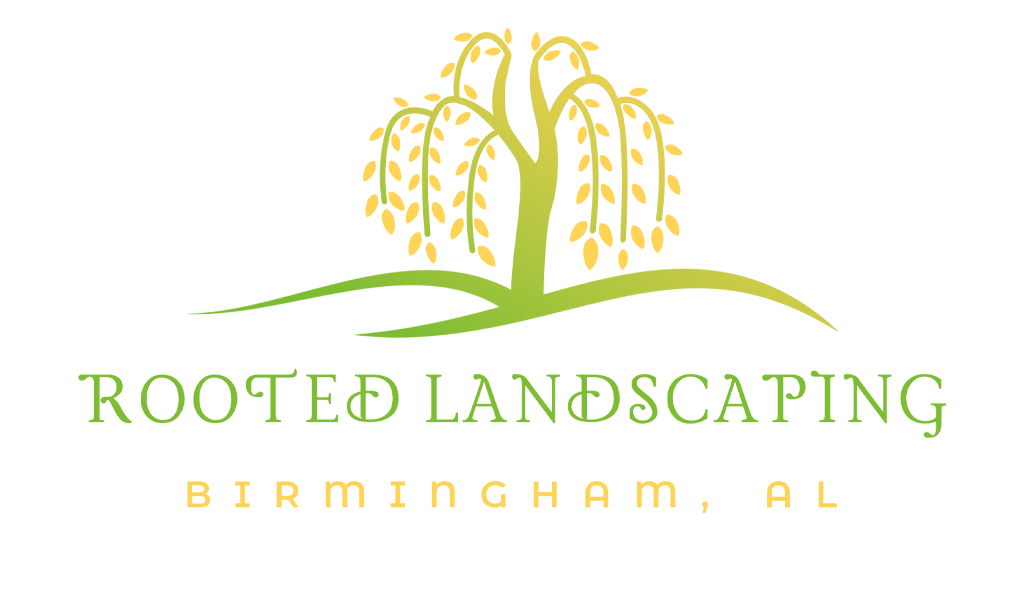Nestled in the heart of Pinson, Alabama, lies the perfect canvas for creating a vibrant and enchanting butterfly garden. With its natural beauty and diverse ecosystem, Pinson provides an ideal setting for attracting a variety of butterfly species. Planning and designing a butterfly garden in Pinson can be a rewarding and fulfilling experience that not only enhances the beauty of your outdoor space but also supports local wildlife conservation efforts.
When embarking on the journey of planning a butterfly garden in Pinson, it is essential to consider a few key factors to ensure the success and sustainability of your garden. Here are some tips and guidelines to help you create a thriving butterfly garden in this picturesque Alabama town:
1. Research Local Butterfly Species: Start by researching the native butterfly species that are commonly found in Pinson and the surrounding areas. Understanding the specific habitat requirements and food sources of these butterflies will help you design a garden that caters to their needs.
2. Choose Native Plants: Selecting native plants is crucial for attracting local butterfly species to your garden. Native plants provide food sources for butterflies in the form of nectar and host plants for their caterpillars. Some popular native plants for butterfly gardens in Pinson include butterfly weed, purple coneflower, black-eyed susan, and milkweed.
3. Create a Variety of Habitats: Butterflies require a diverse range of habitats to thrive, including sunny open spaces for basking, sheltered areas for protection from predators, and water sources for drinking. Incorporate a variety of plant heights, textures, and colors to create different microhabitats within your garden.
4. Provide Food and Water Sources: Plant a mix of nectar-rich flowers to provide adult butterflies with a source of food. Additionally, consider adding a shallow dish filled with water and rocks for butterflies to drink from and bask in the sun.
5. Avoid Pesticides: To protect the delicate butterfly population, avoid using pesticides in your garden. Instead, opt for natural pest control methods or plant companion plants that repel pests.
6. Maintain Your Garden: Regular maintenance is key to the success of your butterfly garden. Keep an eye out for weeds, diseases, and pests, and ensure that your plants are well-watered and fertilized.
7. Educate and Inspire: Consider sharing your butterfly garden journey with the community to raise awareness about the importance of creating habitat for butterflies and other pollinators. You can host workshops, guided tours, or educational events to inspire others to create their own butterfly gardens.
By following these tips and guidelines, you can create a beautiful and sustainable butterfly garden in Pinson, Alabama, that not only enhances the aesthetic appeal of your outdoor space but also contributes to the conservation of local butterfly species. So, roll up your sleeves, grab your gardening tools, and get ready to welcome a kaleidoscope of butterflies to your own backyard paradise. Happy gardening!


